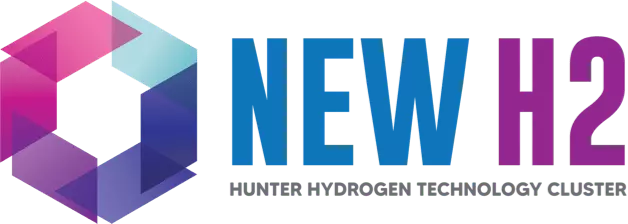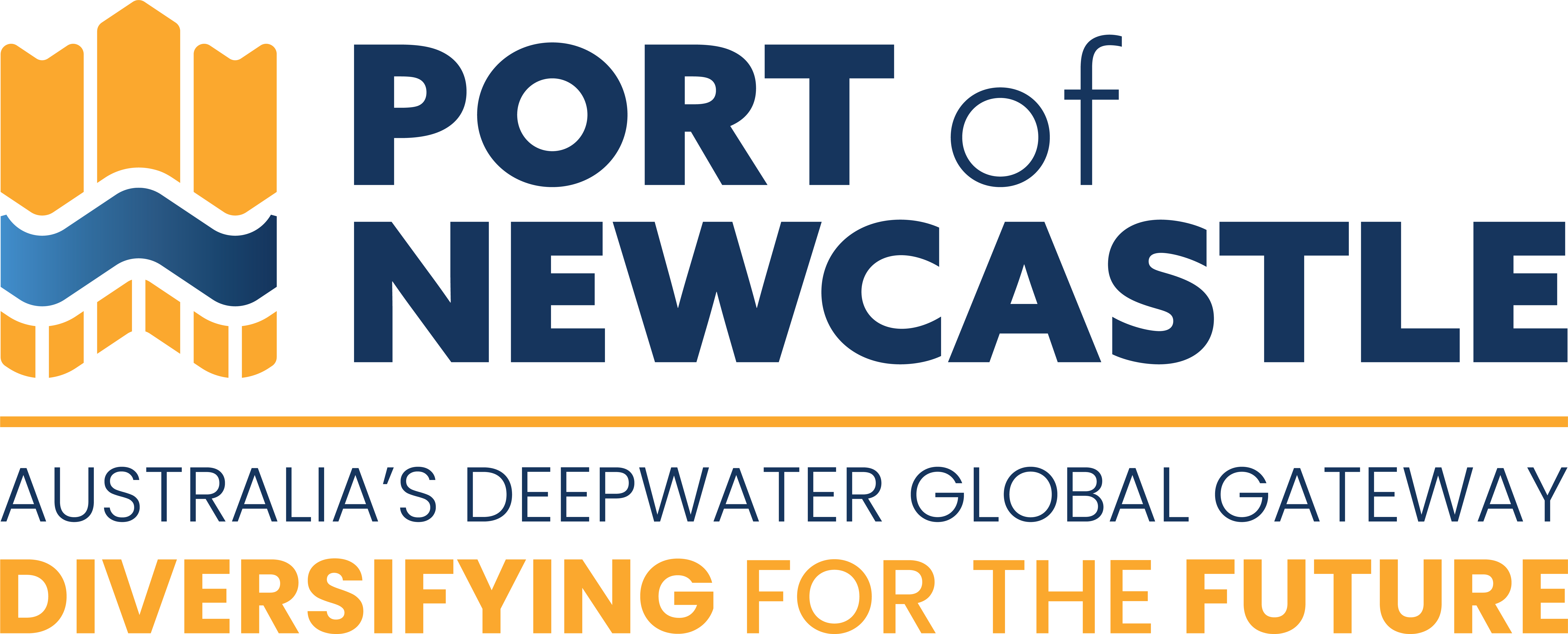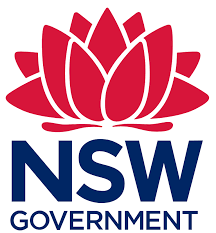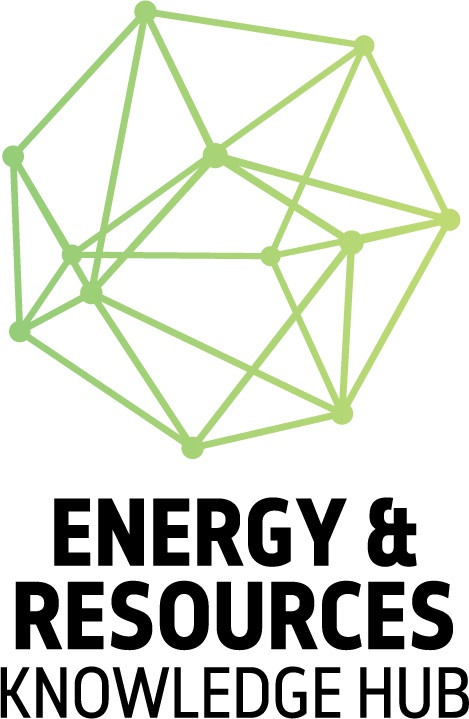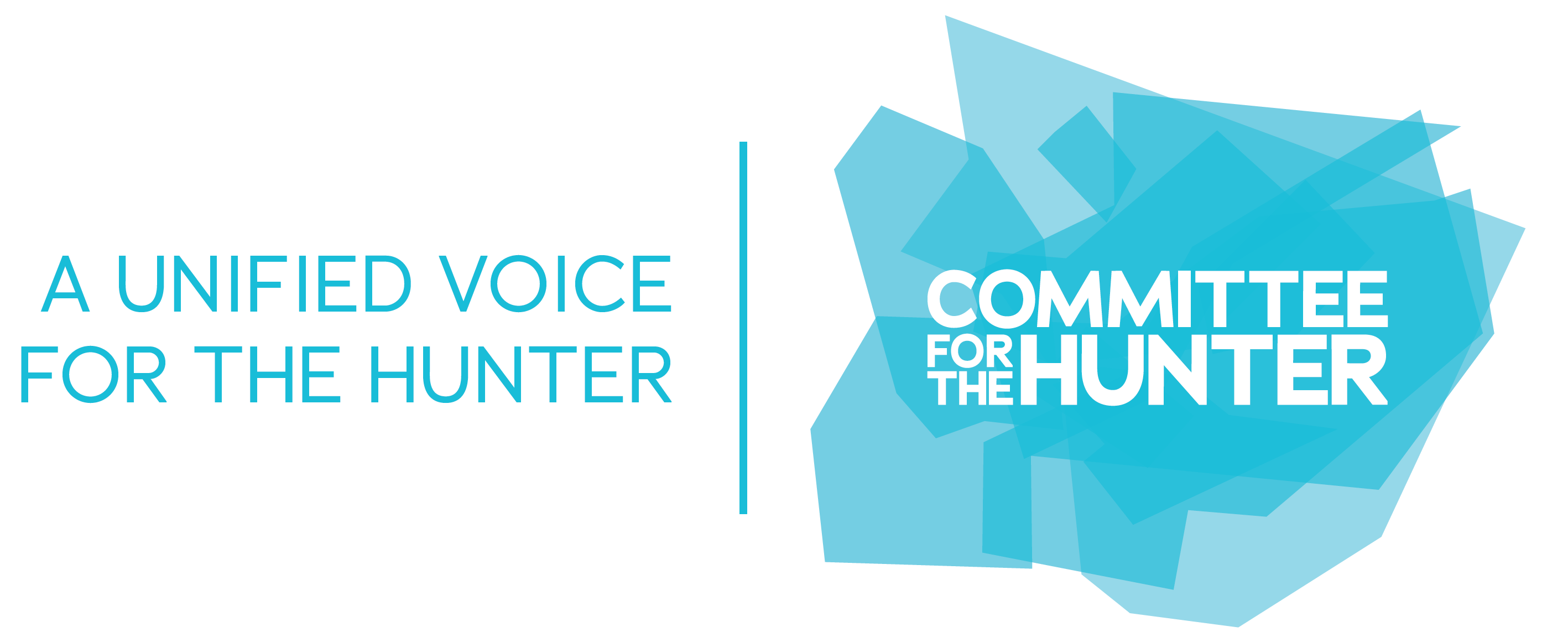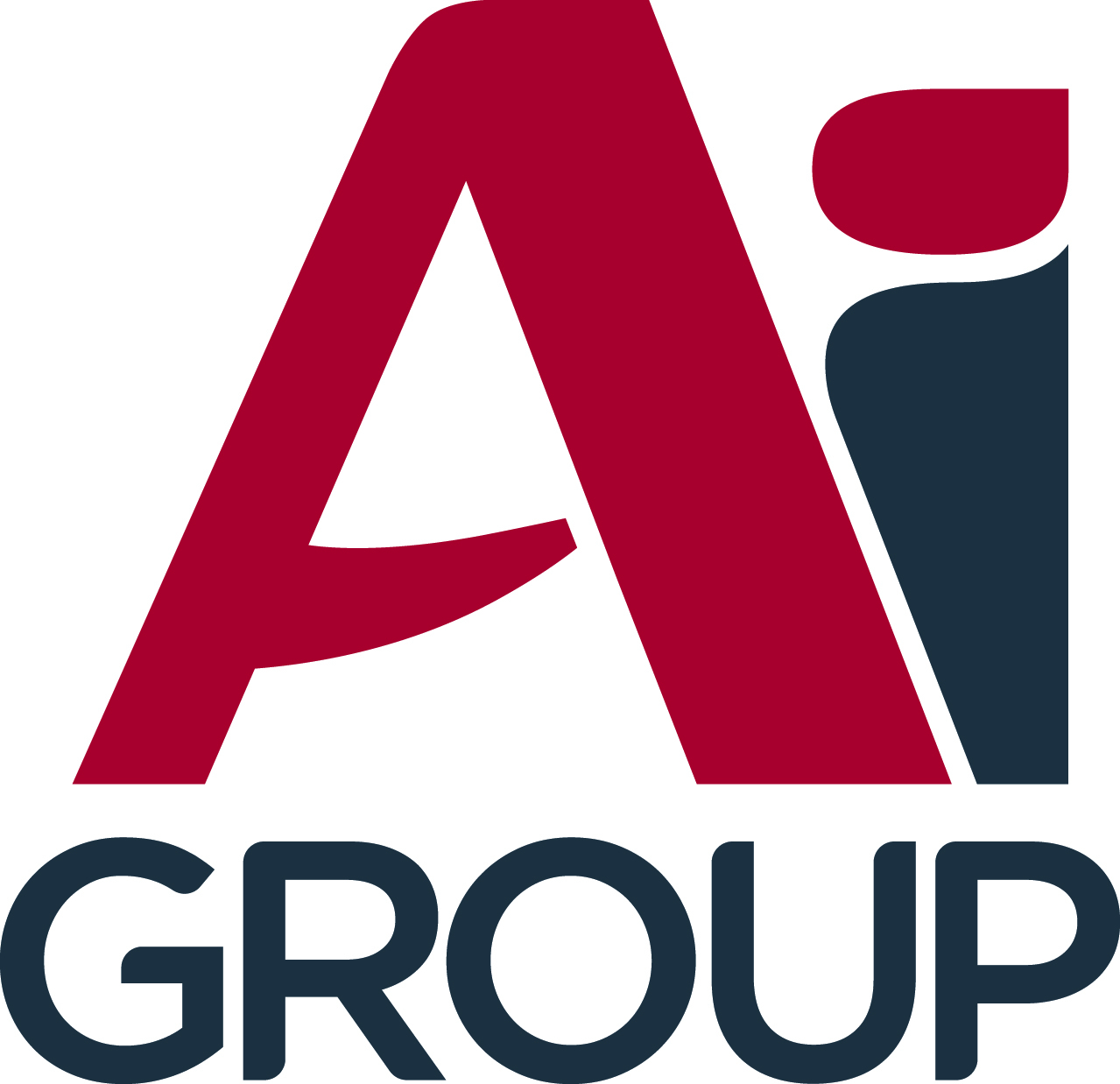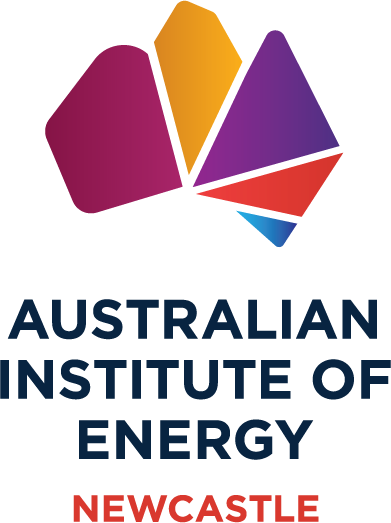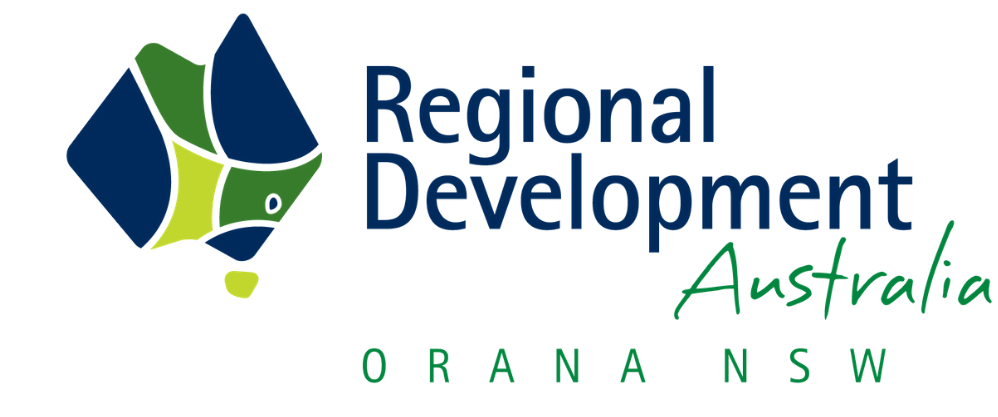Two years in the development of a hydrogen economy in NSW
Major moments in the development of the hydrogen economy in NSW in the past two years lay the foundations for the sector future, and set the pace for ongoing growth.

March 2020 - NSW Government released its Net Zero Plan Stage 1: 2020-2030. The Net Zero Plan seeks to reduce emissions by 50 percent by 2030 and achieve net zero by 2050, and includes an action to support commercialisation of hydrogen as an emerging and innovative technology for emissions reduction.
May 2021 - the NSW Government announced the development of a dual fuel capable hydrogen/gas power plant following conclusion of a funding agreement for the Tallawarra B project in the Illawarra region.
July 2021 - the NSW Government released its Future of Gas Statement. Amongst other things, the Statement notes that natural gas could be supplemented with alternative fuels such as hydrogen or renewable biogas, and that during the transition, existing distribution pipeline infrastructure has capacity to introduce new fuel blends up to technical operating limits.
October 2021 - the NSW Government launched the NSW Hydrogen Strategy. By 2030, the Government is aiming to be producing 110,000 tonnes of green hydrogen per annum from 700 megawatts (MW) of electrolyser capacity for under $AU2.80 per kilogram.
January 2022 - the NSW Government announced that LAVO Hydrogen Storage Technology would receive a AUD$5 million grant from the state’s Regional Job Creation Fund to support establishment of a manufacturing facility at Tomago, in the Hunter region of NSW.
March 2022 - the NSW Government noted that more than AUD$4 billion in potential investment proposals was received in response to Stage 1 (Expressions of Interest) of a competitive funding process for commercial-scale green hydrogen projects in NSW.
May 2022 - it was announced that 10 projects from the above-mentioned competitive funding process for commercial-scale green hydrogen projects in NSW have been shortlisted to progress to the full application stage (with applications due by 12 August 2022 and awards targeted for the latter part of 2022). The shortlisted projects cover a wide range of end uses, including heavy transport, agricultural products, industrial feedstocks, power generation, gas blending and export.
March 2022 - the Governments of New South Wales, Victoria and Queensland announced an agreement to collaborate on the development of an east coast renewable hydrogen refuelling network by 2026, focusing on the freight corridor routes of the Hume Highway, the Pacific Highway and the Newell Highway. The initiative is to commence with Victoria and New South Wales each providing AUD$10 million to support the design and delivery of renewable hydrogen trucking infrastructure between Sydney and Melbourne, including long-haul hydrogen fuel cell electric freight vehicles.
June 2022 - the 2022-23 NSW Budget included AUD$10 million allocated for a trial of hydrogen-powered electric buses on the Central Coast.
July 2022 - it was announced that applications opened for AUD$20 million in grant funding to support the development of at least four refuelling stations along the Hume highway and approximately 25 hydrogen-powered trucks (with grant applications closing 21 October 2022 in New South Wales).
October 2022 - the NSW Environmental Trust awarded AUD$6.3 million in grants to clean technology R&D projects to support emissions cuts in high-emitting or hard-to-abate industries, including AUD$1.5 million to Hysata to support development of their water electrolyser technology.
October 2022 - The October 2022-23 federal budget confirmed funding awards to New South Wales based projects via the Commonwealth Government’s Regional Hydrogen Hubs Program.
The budget also included an allocation by the Commonwealth of matched funding to that already committed by New South Wales and Victoria (AUD$20 million) to the The Driving the Nation Fund and makes available the same amount to other jurisdictions on a matching basis (up to AUD$60 million, for a potential total Commonwealth outlay of AUD$80 million).
